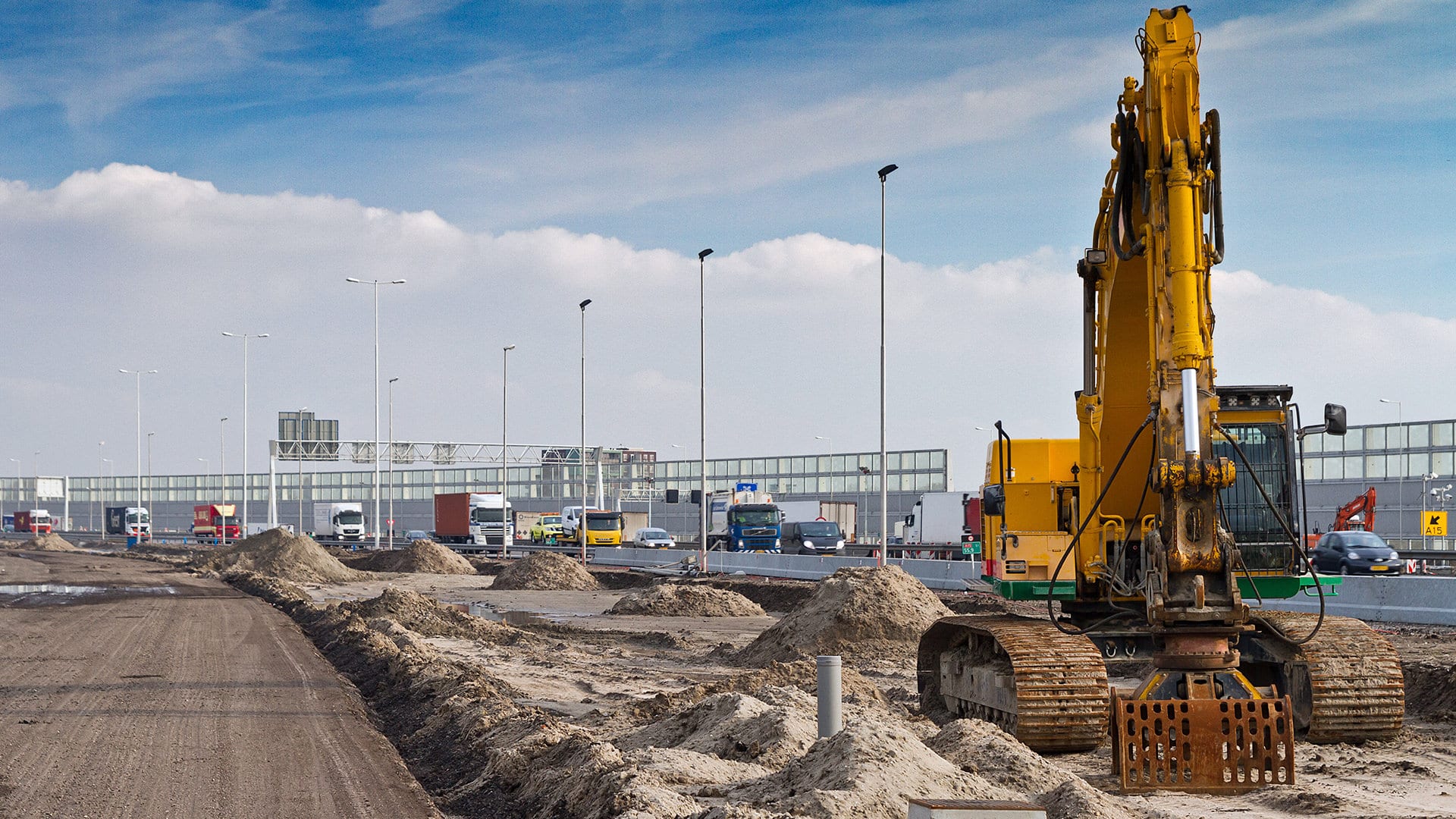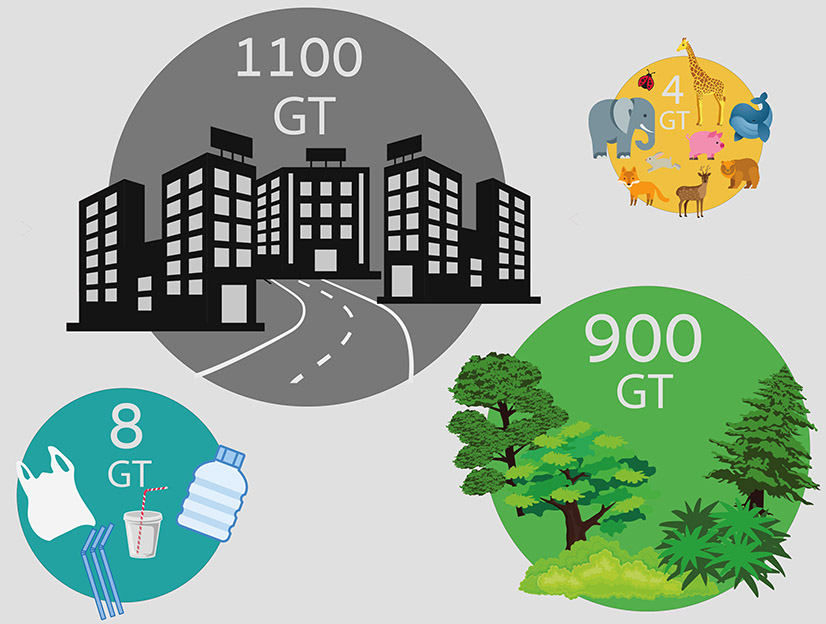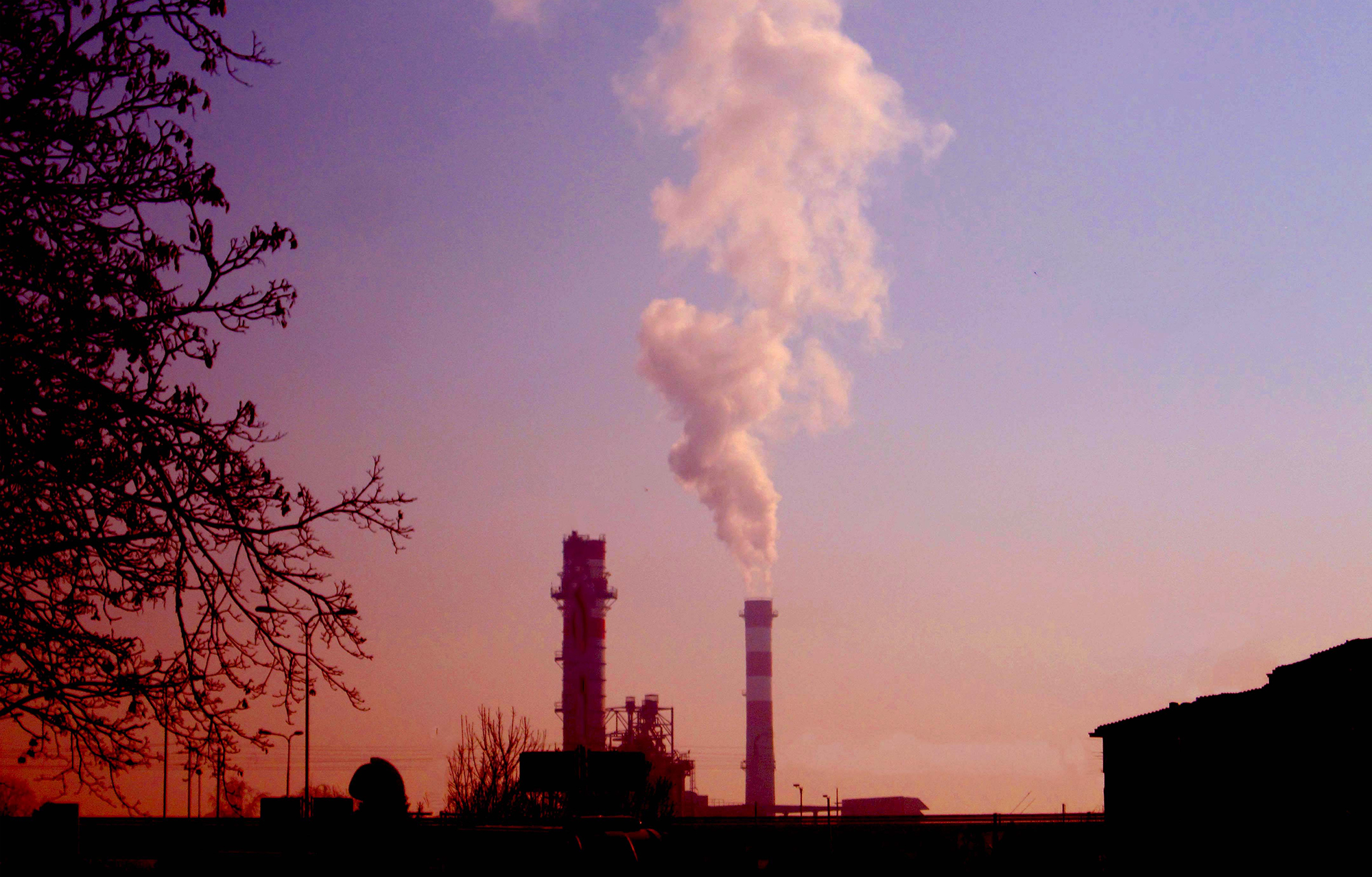Anthropogenic Mass: Artificial materials already have more weight on planet Earth than living beings.
- Until 120 years ago, the mass of all human-modified artificial materials for thousands of years did not exceed 3 per cent of the total mass of living beings owned by planet Earth. Since then, thanks in particular to the ‘Great Acceleration’ started in the 1950s, the world has suffered a total artificialization, reaching the weight of both sets in 2020. If things go wrong, by 2040 it will be three out of four tons of the planet's surface.

Our peasant ancestors feared that the end of the world would become “an empty road and an empty house”, and the forests, the fields and the orchards were over. Those of us who in their youth laugh at their dystopia now have reason to stir up the same nightmares, in view of the calculations made by the Weizmann Institute of Sciences in Israel: On planet Earth, the weight of all living things is that of the inert materials and products that we humans have produced up to ahora.La the sum of the roads, the houses, the malls, the factories, the cars, the boats, the electronics and all the artificial branches that make up our day to day, add up to 1.1 trillion tons, which represents
a
total of 1,100,000,000 tons, and, as recently published
“It has a symbolic meaning, because it tells us a lot about the central role of humanity in shaping the world and in the situation of the Earth around us,” Dr. Ron Milo, who has led the research, told the BBC. As a species, we're creating, on average, as much artificial matter as mass of all the people in the world. “Here’s a reason for all of us to reflect on the role we each play in all of this, on what we consume and how we can try to strike a balance between biomass and human activity.”
For
this study, the team of the Weizmann Institute began to calculate the weight of all the terrestrial biomass - animal, plant, fungus, xomorro, microbio-, in order to gather all the statistics that have been found in the world with artificial productions. Comparing these data, it is concluded that from 1900 the cumulative weight of artificial products has doubled every 20 years.
Although human beings have transformed Earth's ecosystems for years, the production of artificial products has become particularly relevant in the last 120 years: 1900.ean The weight of total biomass in the world was 35 billion tons, while that of artificial materials was 35 billion. Century and a little later, those 35,000 million artificial tons accumulated until 1900, today are produced annually by the humanidad.El growth of the anthropogenic mass reached a special speed in the 1950s, at a time known as the Great
Acceleration by researchers. The generalization of plastic is as new in the world as that, and twice as much plastic has already accumulated as that of all the animals in the world. Another striking comparison is that today each person produces in a week a lot of artificial items such as his peso.La main part of the anthropogenic mass is formed by concrete, by
something cement is the symbol of the artificial world. It is followed by gravel or gravel, bricks, asphalt and metals. If the development model persists, the burden that will accrue by 2040, in 20 years’ time, will be twice that of all living beings on Earth.

A planet full of waste
It should be noted that, according to calculations by the Weizmann Institute, throughout this century the loss of living beings, the destruction of forests, etc. has remained stable, which in some places has been paid with the livestock in others. However, researchers point out that biomass has decreased considerably since the Neolithic began 12,000 years ago and that today it has half the total weight it had.
Our planet doesn't look much like 120 centuries ago. If in this 21st century humans coincide with all domestic animals, they weigh 20 times more than all free-living mammals and birds on the planet. It is a sign of how many have increased and how many have decreased the others. A citizen concerned about the sustainability of the planet should not forget this detail when it comes to setting objectives for an ecologically balanced future.
Another important note: Weizmann's researchers have only included in their calculations the weights of infrastructure, materials and objects that humans have accumulated, they have not accounted for the amount of waste generated in their production. If, according to the Weizmannekans, residues are also counted, the anthropogenic mass had already exceeded the mass of all living beings in 2013. Hence the criticism of the research by the use of an excessively conservative standard.

The geologist at the University of Leicester (UK),
Colin Waters, has given National Geographic magazine an example that the Weizmannnekos calculations are very low: they have accounted for the weight of the golden ring you carry in your hand as an anthropogenic mass, but they have not counted the thousands of tons of materials that have moved and turned into the productive mine. Therefore, Waters considers that if a broader view of human impact is used and the mountains of raw materials that move mines and industry are also included, by 1977 the anthropogenic mass is greater than biomass.
About the future, what? According to the study of the Weizmanns, by 2040 the anthropogenic mass will multiply the total biomass of planet Earth by three, since there is still enough raw material to carry out this process of artificialization. The point is – as Fridolin Krausmann has warned from the Institute of Social Ecology at the University of Vienna – that all this artificial mass will eventually become a waste that will have to deal with this huge mass of waste.
Krausmann: “The amount of waste we will accumulate over the next 20 years will be the same as we have accumulated over the previous 110 years. Most of the anthropogenic mass we have today has been built and created since 1960 in the following decades and they are exhausting their availability period, so we have such an enormous waste accumulation.” The old people were not quite right: the end of the world ... roads, houses and empty waste!
























